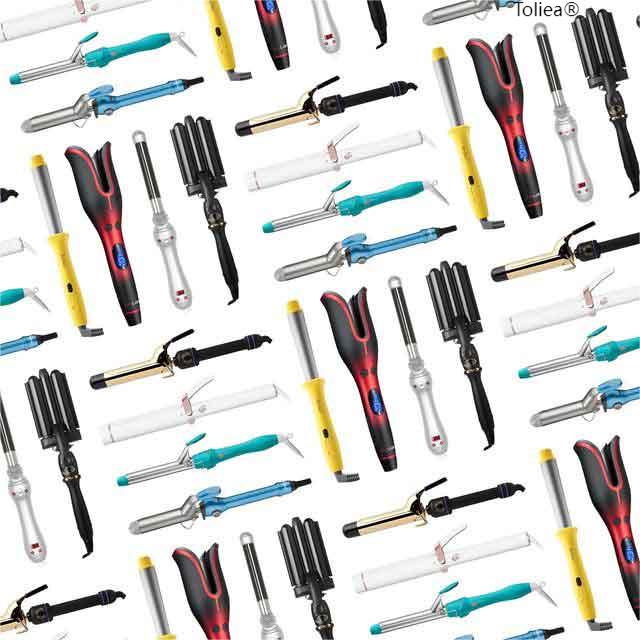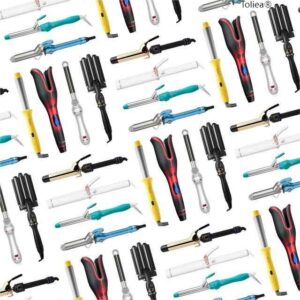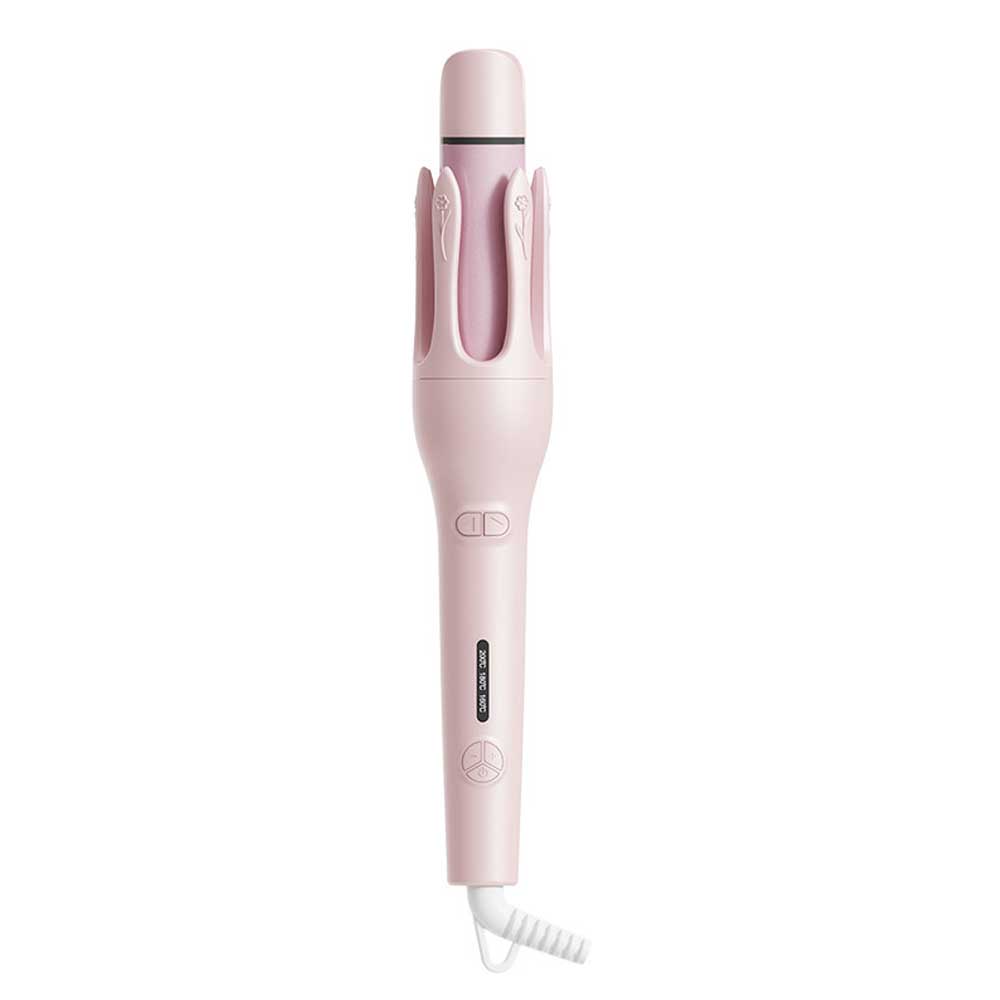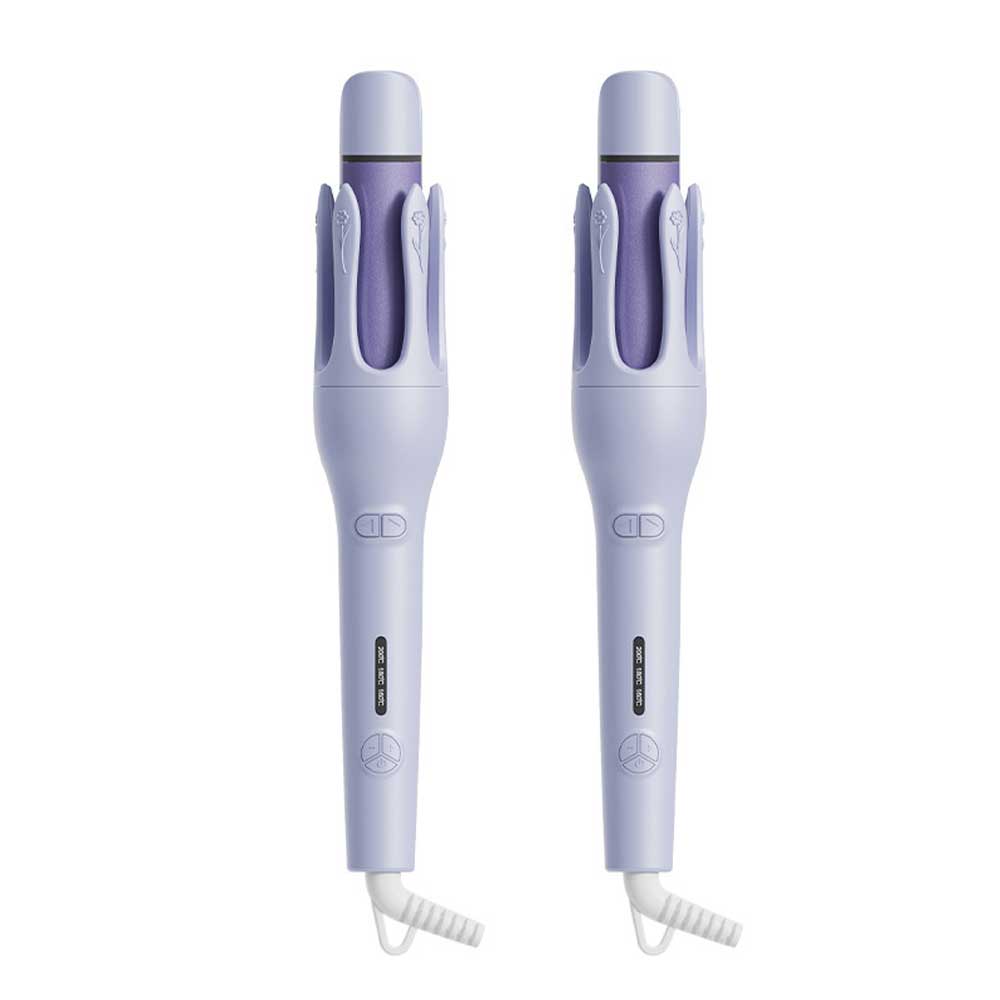The curling iron is a powerful hair styling tool that can provide you with salon-quality curly hairstyles. To purchase the curling iron that best suits you, you need to understand its various features and functions.
As a seasoned player in the personal care industry, Toliea® also has a research and development team dedicated to curling iron products, accumulating rich experience in the past year. Below is Toliea® carefully prepared curling iron buying guide, which will introduce you to the basic functions, materials, principles, and how to choose the curling iron that suits you best. We hope it can be helpful to you.
The Basic Function of a Curling Iron
Toliea® believes that the primary function of a curling iron is to allow users to create stylish curly hairstyles at home with ease and speed. By choosing curling irons of different diameters and utilizing varying techniques, users can achieve a broad range of curly effects, from big waves to tight springs. For instance, tightly wrapping hair around the curling iron can result in firm curls, whereas loosely wrapping hair will give you a natural, loose curl. Whether for daily styling or special occasions, a curling iron is an incredibly convenient hair-styling tool.
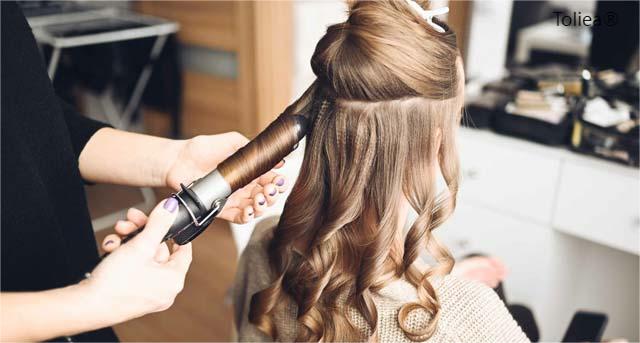
Understanding the Materials of Curling Irons
Through years of research, Toliea® has found that curling irons come in a variety of materials, the three most common being Ceramic, Titanium, and Metal. For users seeking a balance between curling effects and hair health, ceramic and titanium curling irons are typically the top choices. This is because these materials can evenly distribute heat, thereby minimizing hair damage. Some advanced curling irons even use ionic technology to reduce static electricity during use, resulting in shinier, smoother curls. On the other hand, metal curling irons are favored by some users due to their economical price. However, their uneven heat distribution and higher likelihood of generating static electricity can potentially cause overheating and damage to certain areas of the hair, leaving it frizzy and hard to manage after curling. In comparison, ceramic curling irons prove to be of superior quality. Not only do they distribute heat evenly and cause less hair damage, but they also reduce static electricity, making hair smoother and shinier. Despite ceramic curling irons being pricier than metal ones, they are a worthy investment for those who prioritize hair health.
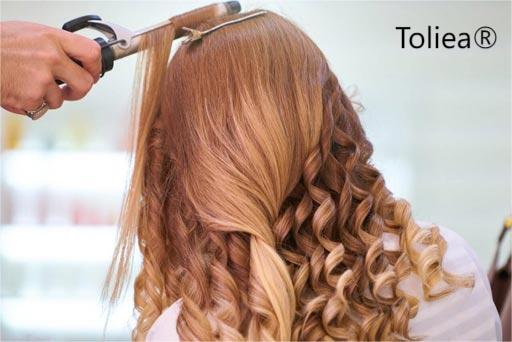
The Principle of Curling Irons
When it comes to the principle of curling irons, Toliea® is quite knowledgeable and familiar. Similar to how clay is shaped by heating and cooling, a curling iron softens hair with high heat for shaping, then cools it down to set the curls. The operation of a curling iron involves a physiochemical process based on hair structure and thermodynamics. Hair primarily consists of proteins, notably keratin, which is fastened into shape by chemical bonds, namely disulfide bonds. When high heat is applied using a curling iron, these disulfide bonds break, allowing the hair to be reshaped into a new style, such as curls. As the hair cools down gradually, the disulfide bonds reconnect, setting the hair into the new shape. This is the fundamental principle behind how a curling iron produces curls.
How to Choose the Curling Iron Best Suited for You
Now, let’s delve into the most critical part of this article — how to select a curling iron that works best for you? With a plethora of products available on the market, the choice can often be overwhelming. Let Toliea® guide you through the key factors to consider when choosing a curling iron:
- Choose a Curling Iron with Adjustable Temperature: Since different hair types (fine, coarse, damaged, or resilient) require different temperatures, a curling iron with adjustable temperature settings is more advantageous in protecting your hair from damage due to over-heating.
- Choose a Curling Iron Type and Size Based on Hair Style Desired: If you’re after large, wavy curls, opt for a curling iron with a larger barrel. Conversely, if small, bouncy curls are what you’re aiming for, a smaller barrel will better suit your needs.
- Consider the Material of the Curling Iron: The benefits of ceramic and titanium are their consistent heat distribution, preventing hair damage. Specifically, ceramic can reduce static electricity, providing shinier hair. While metal curling irons are cheaper, they could potentially overheat and damage your hair.
- Consider Your Hair Length: Generally, short hair is best styled with a curling iron of smaller diameter, while longer hair suits one with a larger barrel.
- For First-Time Curling Iron Users: Beginners might prefer manual curling irons. As you accumulate experience, you might develop a preference for curling irons with automatic features.
- Additional Features: Extra features such as auto shut-off, rapid heating, and ion release functions are also factors worth considering when choosing a curling iron.
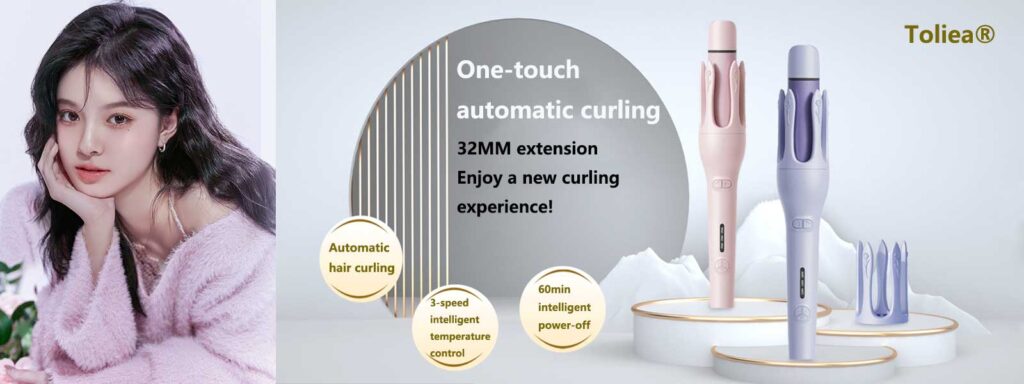
Remember, choosing a curling iron requires comprehensive considerations of the properties of the curling iron itself, the texture and volume of your hair, and the hairstyle effect you aim to achieve. This way, you can find the curling iron that best suits your needs.
Summary
In conclusion, Toliea® presents the following guidelines for choosing a curling iron:
- If you are incredibly busy and don’t want to spend too much time deciding, going with a well-known brand is a fail-safe choice.
- If you’re willing to invest some time in hair health, choosing a brand that has robust research and development capabilities and focuses on the industry, such as Toliea®, is a great option.
Toliea® has taken into account all of the above factors and designed two decent curling tools (Hair Curler TL-10, Hair Straightener Curler TL-10 (2PCS)). If you’re still hesitant, consider these two products — they could make excellent choices for you.
